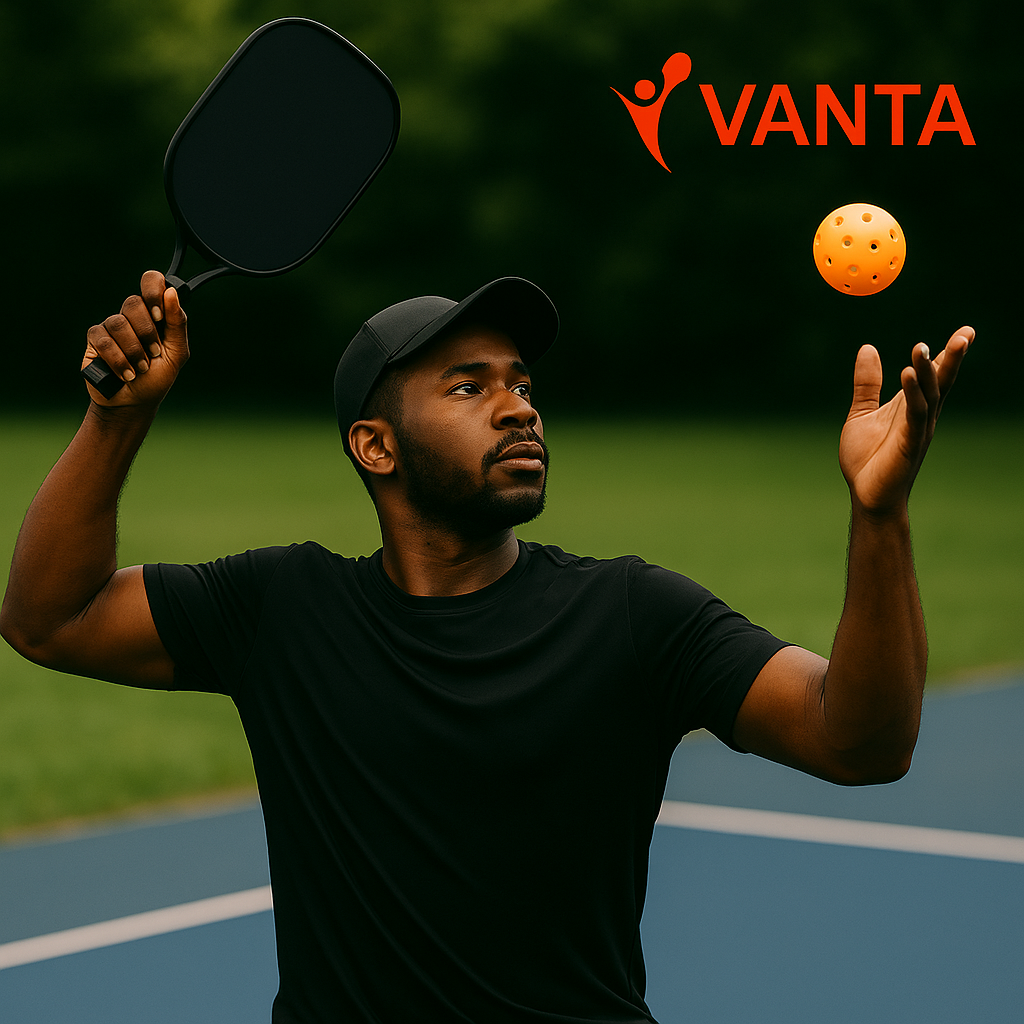
Pickleball Serves 101: How to Get an Edge From the First Shot
Pickleball Serves 101: How to Get an Edge From the First Shot
Starting a pickleball match strong begins with your serve. Understanding the fundamentals of pickleball serve technique can give you a tactical advantage, setting up the point on your terms. Whether you’re just learning how to serve pickleball or refining your game, this practical guide breaks down the serve step by step to help you improve immediately.
Understanding the Basics of the Pickleball Serve
The serve is the only time in pickleball you have complete control from the outset. Unlike most racket sports, the serve must be executed underhand, and its trajectory and placement can heavily influence the rally.
Key Rules to Know
- The serve must be made underhand, hitting the ball below the waist.
- Both feet must stay behind the baseline until after contact.
- The serve must land diagonally across the court within the opposite service box.
- Only one serve attempt is allowed — except on a “let” where the ball clips the net and lands in the correct area.
Mastering these fundamentals gives you a consistent base to build from. For a wider look at how technique and coordination develop over time, see Padel and Pickleball Fitness: How They Boost Your Health.
Perfecting Your Serve Technique
Consistency beats power. The best pickleball servers combine accuracy with subtle variation to keep opponents guessing. Here are the key technical elements:
- Grip: Use a continental or “handshake” grip for better control and spin. Learn more about grip setup in Grip It Right: The Best Grips for Padel and Pickleball Players.
- Stance: Keep your feet shoulder-width apart with your front foot angled toward the target.
- Toss: Drop the ball from waist height — don’t throw it upward. The drop should be smooth and controlled.
- Contact: Strike the ball with a fluid, low-to-high motion. Aim to brush slightly upward for lift and control.
Work on repeating the same motion every time. A predictable routine creates consistent serves under pressure.
Serve Placement and Strategy
Placement matters more than power. By targeting weak zones, you can dictate your opponent’s positioning and start the rally in control.
- Deep serve: Aim close to the baseline to push opponents back and limit their attacking options.
- Wide serve: Force your opponent off court, opening up the opposite side for the next shot.
- Body serve: Direct the ball toward your opponent’s torso — it’s the hardest shot to return cleanly.
As you experiment with placement, stay aware of your footwork and rhythm. Consistent movement patterns, like those in How to Warm Up Properly for Padel and Pickleball, can improve balance and shot timing.
Common Serve Mistakes to Avoid
- Overhitting: Trying to add excessive speed often leads to faults or long serves.
- Flat contact: Without lift, serves become predictable and easy to attack.
- Poor preparation: Rushing the routine causes inconsistency — take a breath before each point.
- Ignoring spin: Even minimal topspin can help your serve dip into the court reliably.
Every great server has a process. Stay composed, use visual cues, and adjust based on opponent positioning. For more on how small tactical tweaks make a difference, explore How to Play Smarter, Not Harder: Positioning Tips in Padel Doubles.
Developing Consistency Through Practice
Repetition builds confidence. During practice, aim for targets rather than random serves — try serving to cones or court markers to simulate match pressure.
- Start with 20–30 serves to each service box, focusing on depth and accuracy.
- Record your serves to check for consistent contact and follow-through.
- Alternate between deep and angled serves to mimic match conditions.
Pair your serving drills with short fitness routines and coordination exercises to build stamina — or check out The Rise of Social Sports for ways to make your training more engaging with friends.
FAQs
Q1: Can I add spin to my pickleball serve?
A1: Yes. Topspin serves help the ball drop faster into the court, while sidespin can pull your opponent off balance. Just ensure your motion stays underhand and below the waist.
Q2: What’s the best serve for beginners?
A2: Start with a deep, flat serve. Focus on control and placement before adding power or spin.
Q3: How often should I practice serving?
A3: Two focused sessions per week — around 60–80 serves total — can dramatically improve consistency and confidence.
The serve sets the tone for every pickleball rally. By focusing on control, placement, and rhythm, you’ll start matches with confidence and build pressure from the very first shot. Combine these fundamentals with quality equipment — like tacky overgrips and sweatbands — and enjoy your edge on court.
Serve smart. Play with confidence. Find your adVANTAge.
